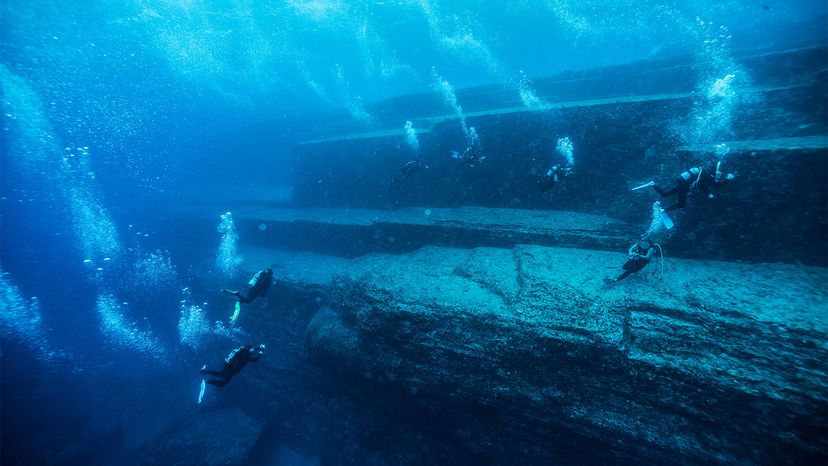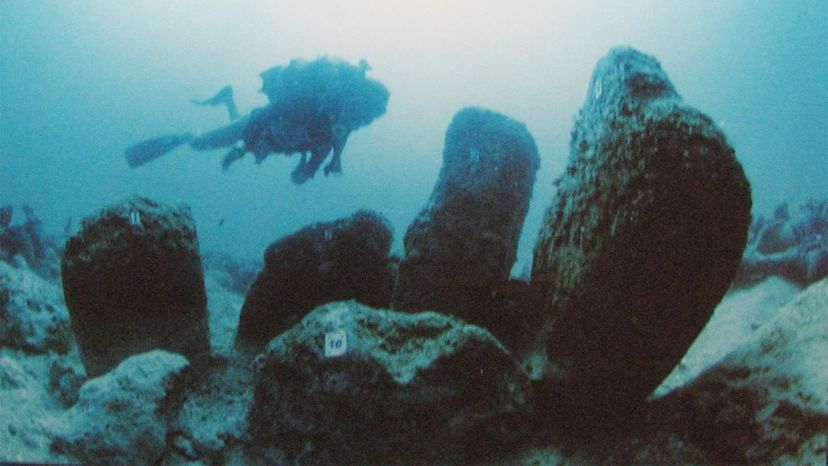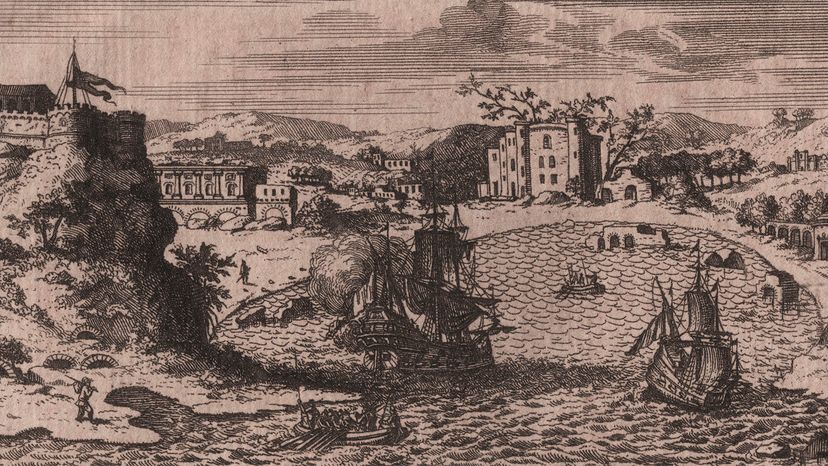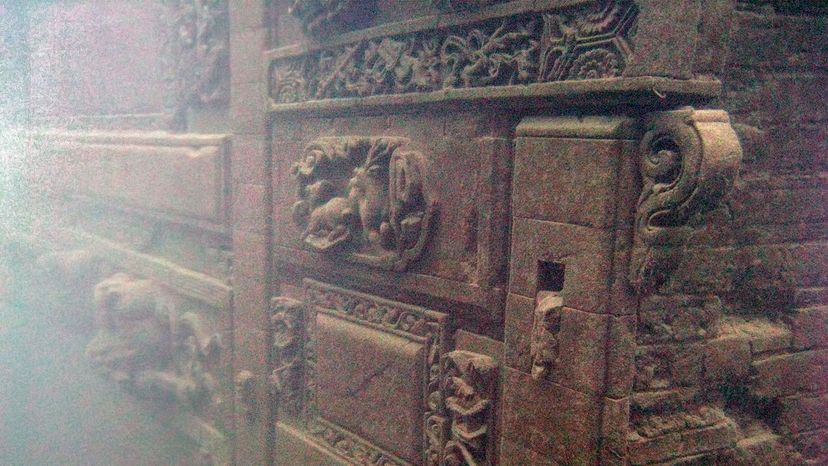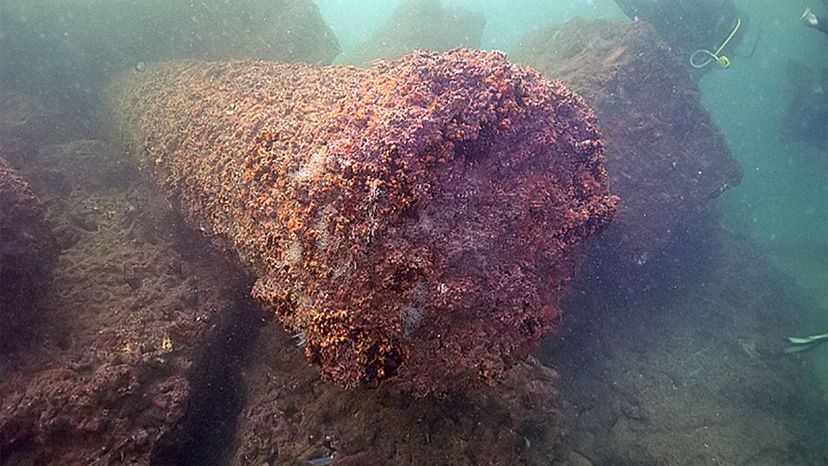As the seagull flies, Port Royal, Jamaica is about 15 miles (24 kilometers) south of Kingston. One city is the nation's capital; the other is partially underwater.
Along with the rest of Jamaica, Port Royal was seized by the British in 1655. The settlement was a boom town, a major commerce hub loaded with privateers (who were basically government-commissioned pirates). In the year 1692, Port Royal had a population of somewhere between 6,500 and 10,000 residents — including thousands of slaves.
Disaster struck that summer. On June 7, 1692, just before noon, an earthquake rocked Port Royal. Then it was hit with a monstrous tidal wave. Around 30 acres (or 12 hectares) of buildings, streets and tombstones slid into the ocean. "I saw the earth open and swallow a multitude of people; and the sea mounting in upon us," recounted one survivor, the Reverend Dr. Heath, according to UNESCO.
Today, the high and dry section of Port Royal is a small fishing village. As for the buildings claimed by that 17th-century disaster ... well, they're still in Davy Jones' locker. Divers have been studying them since the 1950s.
